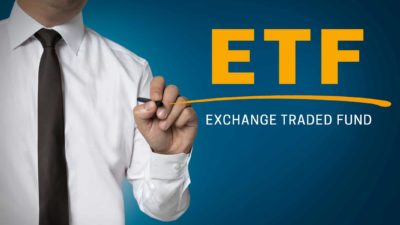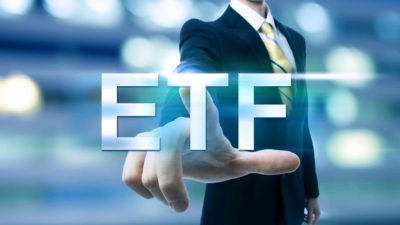The BetaShares Australian Dividend Harvester Fund (ASX: HVST) is one of the more popular high-yield ASX exchange-traded funds (ETFs) that investors can buy to aim for high dividend yields.
Some ETFs can be focused on holding businesses for the long term, or as long as they're part of an index. But the HVST ETF acts differently.
Dividend harvesting
The goal of the ASX ETF is to provide "franked income that exceeds the net income yield of the broad Australian share market on an annual basis, along with exposure to a diversified portfolio of Australian shares".
Not only is it trying to provide a very high dividend yield, but it pays dividend income monthly to investors.
BetaShares says the HVST ETF was "created to meet the challenges facing investors for whom income is a high priority, such as SMSF [self-managed super funds] and retiree investors".
How does it harvest the dividends?
Approximately every three months, the portfolio is rebalanced so that the fund's exposure is reweighted towards those ASX shares in the largest stocks that are expected within the next rebalance period to give the investor an entitlement to a dividend.
In other words, the ETF changes the portfolio holdings to chase the next dividend payment.
It comes with an annual management fee of 0.72% which is fairly expensive compared to others like Vanguard Australian Shares Index ETF (ASX: VAS) with a fee of just 0.07%.
HVST ETF dividend yield
BetaShares has calculated what the current dividend yield of the ETF is, but it highlighted that past performance is not indicative of future performance and that the yield may be lower.
The 12-month distribution yield was 7.2% at 30 June 2023 from the ASX ETF and the grossed-up distribution yield was 9.8%, which includes franking credits.
Which ASX shares does it own?
The portfolio is regularly changing, but BetaShares has disclosed its biggest 10 positions as at 31 March 2023: BHP Group Ltd (ASX: BHP), CSL Limited (ASX: CSL), National Australia Bank Ltd (ASX: NAB), Westpac Banking Corp (ASX: WBC), ANZ Group Holdings Ltd (ASX: ANZ), Macquarie Group Ltd (ASX: MQG), Woodside Energy Group Ltd (ASX: WDS), Rio Tinto Ltd (ASX: RIO), Woolworths Group Ltd (ASX: WOW), and Telstra Group Ltd (ASX: TLS).
Is this ASX ETF worth owning?
It has proven to be very effective at harvesting dividends and franking credits over the year.
But, BetaShares says that since the inception of the current investment strategy in June 2022, it has delivered a total return of 3.1%. That's the dividend return plus the capital return, so that indicates the capital return was negative over that time.
While the strategy has changed, the HVST ETF unit price has seen a decline of 23% over the past five years and it's down around 50% from November 2014.
It will be interesting to see if the new strategy for the ASX ETF does better at protecting capital because, for me personally, it wouldn't appeal to swap capital losses for dividends. I'd rather have a lower dividend yield and some long-term capital growth.









